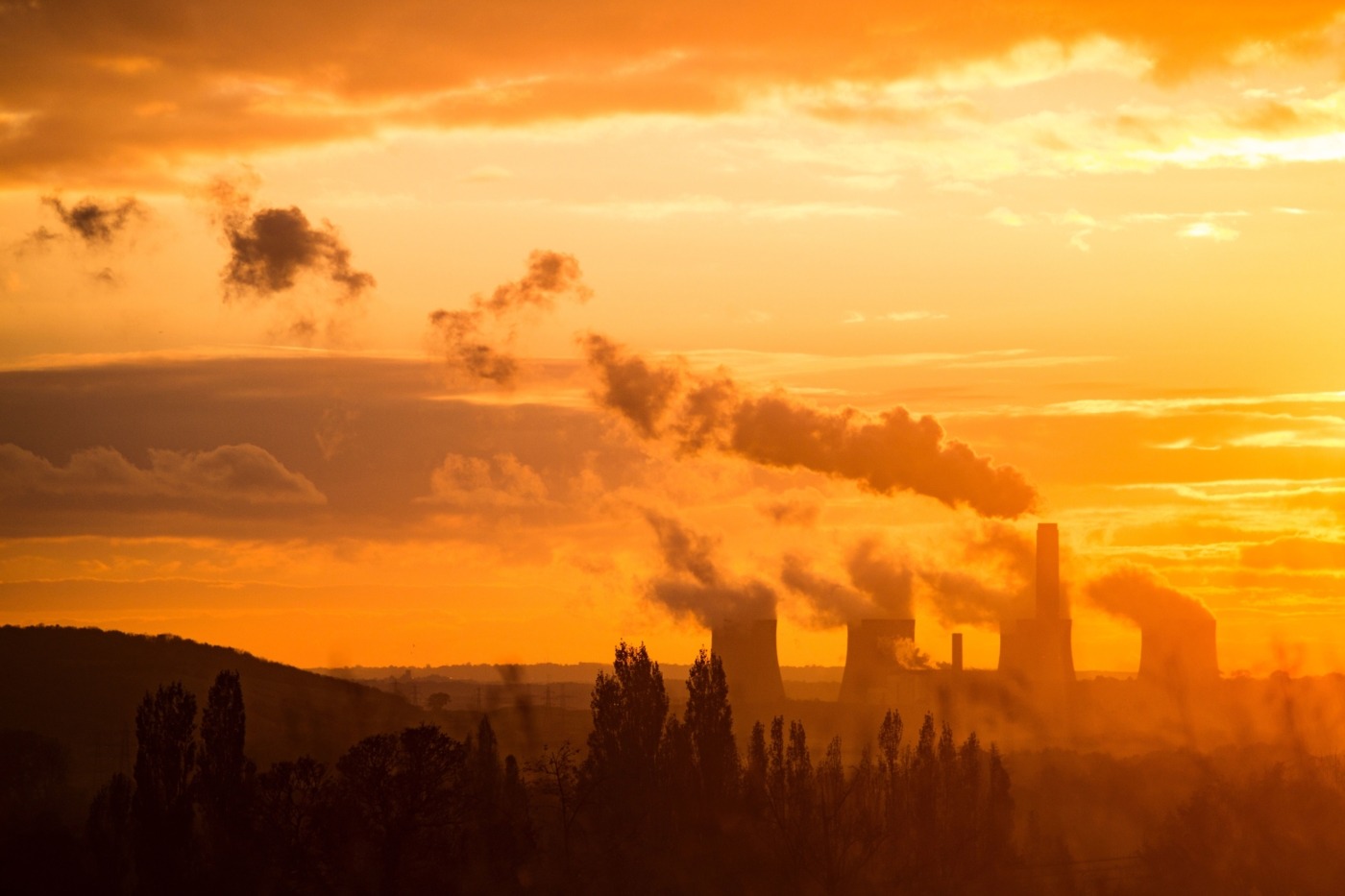Carbon capture technology used for the first time in Europe
A power station in North Yorkshire has become the first in Europe to capture carbon dioxide from wood burning. The Drax power station near Selby burns wood chips to provide electricity, a process that ordinarily would produce large amounts of carbon dioxide. Carbon dioxide, a greenhouse gas, contributes to global warming as it is one of the gases that absorb and remit energy from the the sun. The sun’s energy cannot bounce back into space, but is trapped between the layer of greenhouse gases and the earth, creating a warming effect.
Although the burning of plant material does emit carbon dioxide, it is actually a carbon neutral process. Plants absorb carbon dioxide from the atmosphere to use in photosynthesis, a process which transforms carbon dioxide and water into sugar and oxygen using energy from the sun. Therefore, upon the wood chips being burnt, the carbon dioxide that is released is only equal to that which the plants consumed in the first place. Hence no net increase in carbon dioxide levels is caused by the process.
The Drax power plant has taken this one step further. By capturing the carbon which is emitted in combustion, carbon dioxide is removed from the air through photosynthesis, but not released back into the atmosphere, giving a net negative carbon emission. The carbon dioxide is passed through a tube coated in a thin layer of a chemical which captures it – the carbon dioxide and ‘capture chemical’ can later be separated for reuse. Conventionally the ‘capture chemical’ is an amine, however Drax uses an organic solvent, which it says is less toxic and requires less energy to separate from the captured carbon dioxide.
By capturing the carbon which is emitted in combustion, carbon dioxide is removed from the air through photosynthesis, but not released back into the atmosphere
Some scientists are supportive of carbon capture technology. They believe it will be necessary to prevent the 1.5°C warming required to stop the most disastrous consequences of climate change, as they are sceptical that politicians will follow through with all of their promised environmental policies. However, other scientists take a different view. There is concern that the wood used in such power plants will not be sustainably sourced, rendering the whole operation even more environmentally damaging. The amount of land required to provide enough wood for this type of scheme to generate large amounts of energy is very high, and intensive farming of trees for wood could further damage the quality of soils. Many factors must be taken into account when considering the viability of this kind of scheme; is the wood sustainably sourced or waste wood that would have no other purpose, what emissions are generated from the transportation of the wood, and the large energy input required for carbon capture technologies to work at all.
Along with other sources of renewable energy, carbon capture combined with wood burning could be an important part of a sustainable future. Certainly other green energy sources will be needed to ensure the demand for wood fuel is not excessively high, but with appropriately managed forestry and responsible decisions, they could play an important part in the solution to the world’s energy requirements

Comments